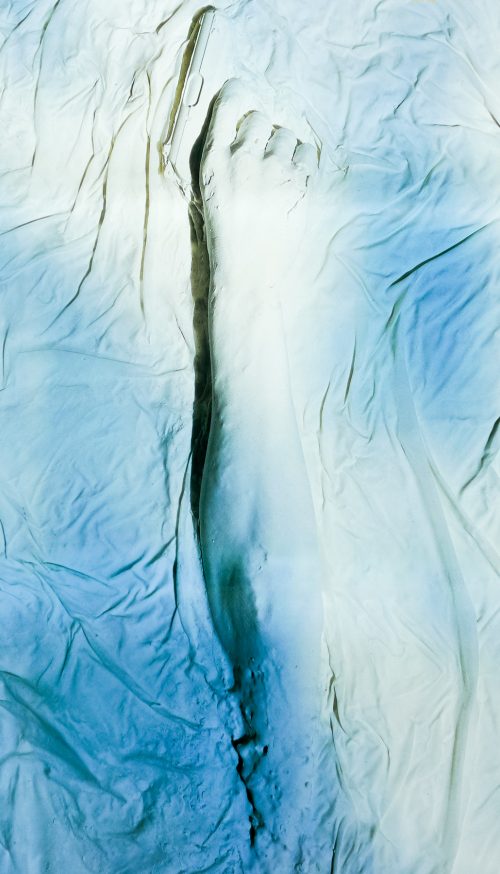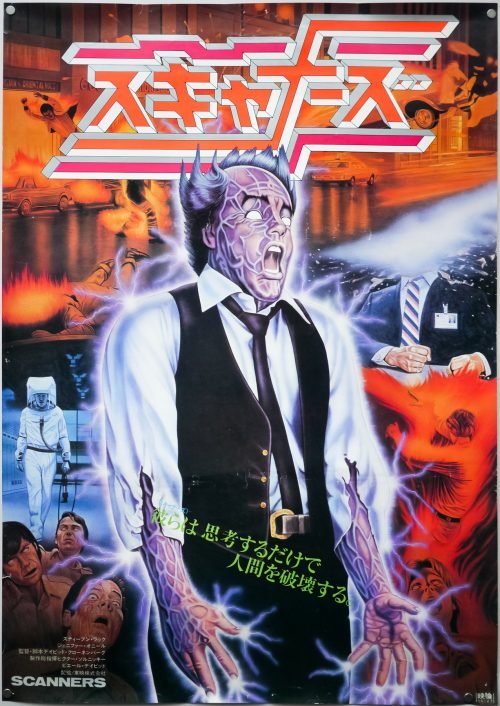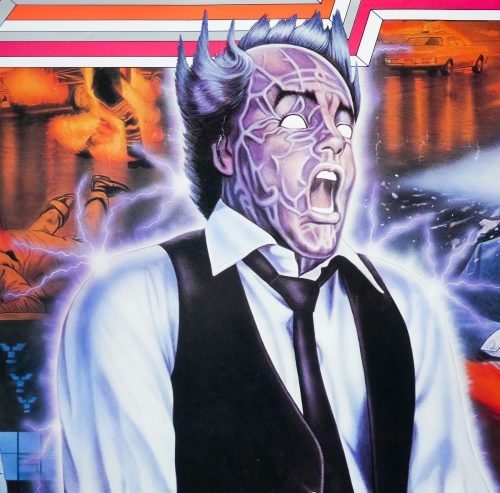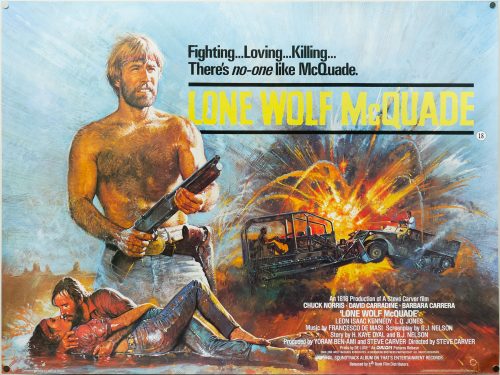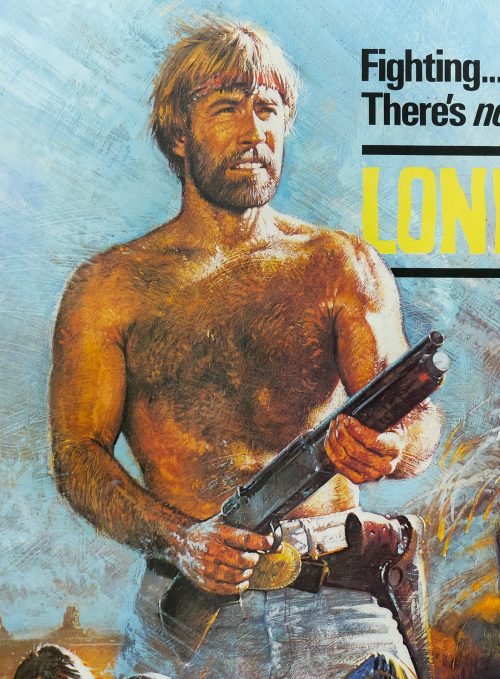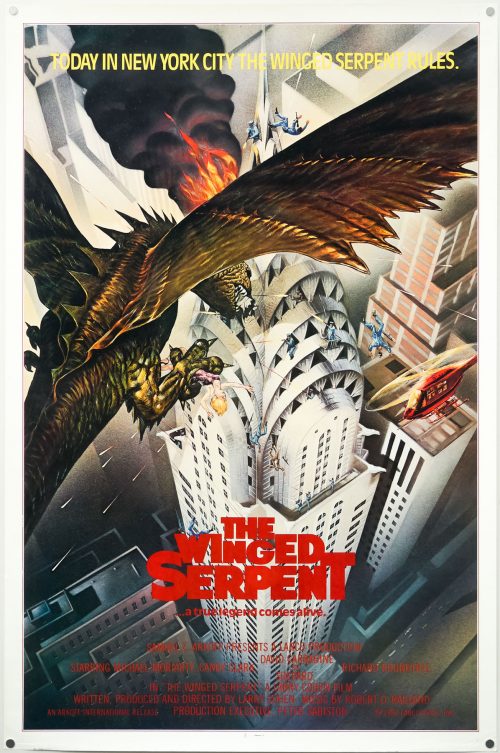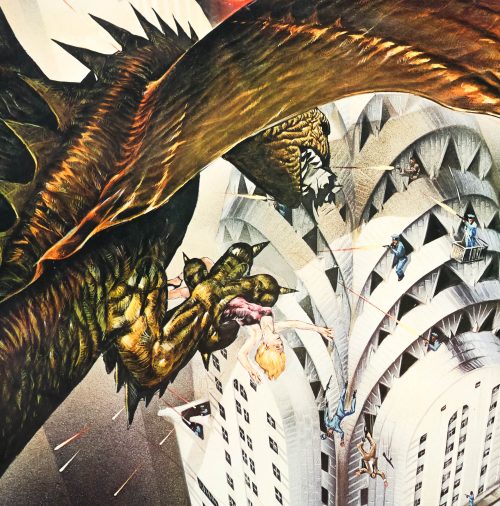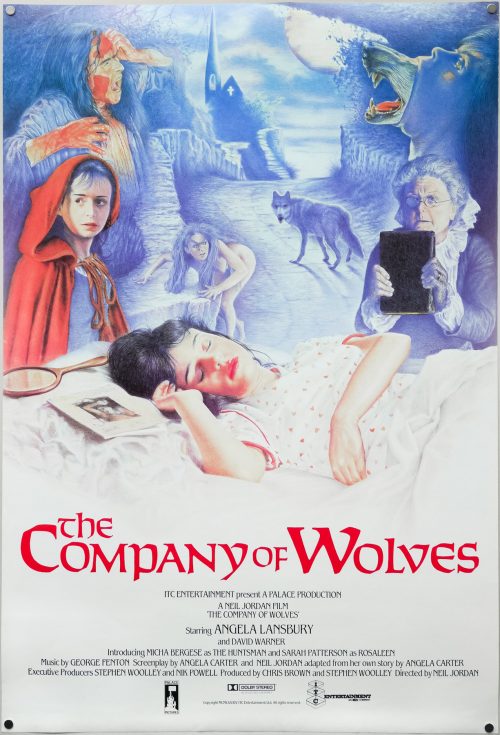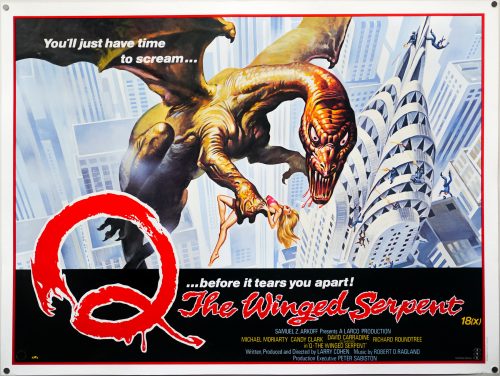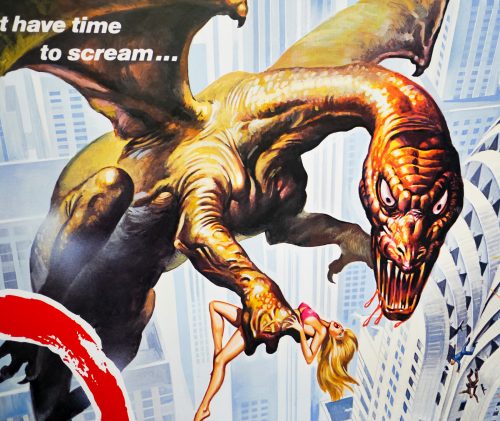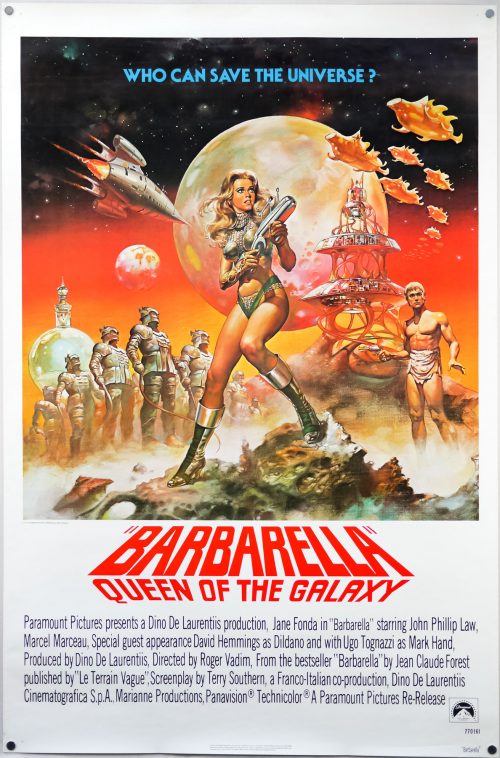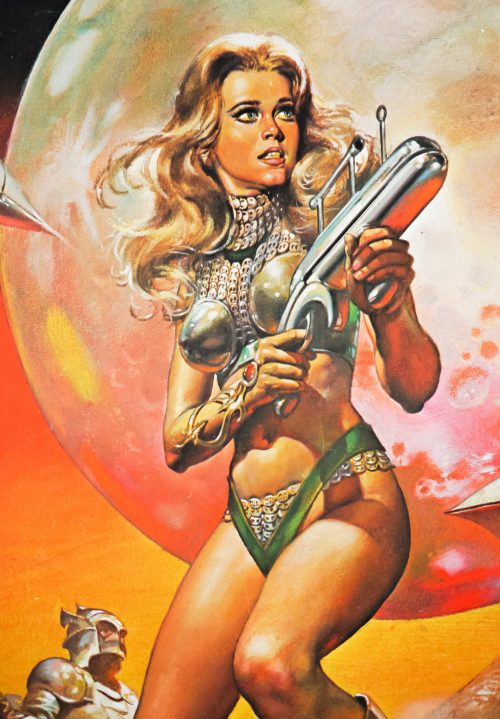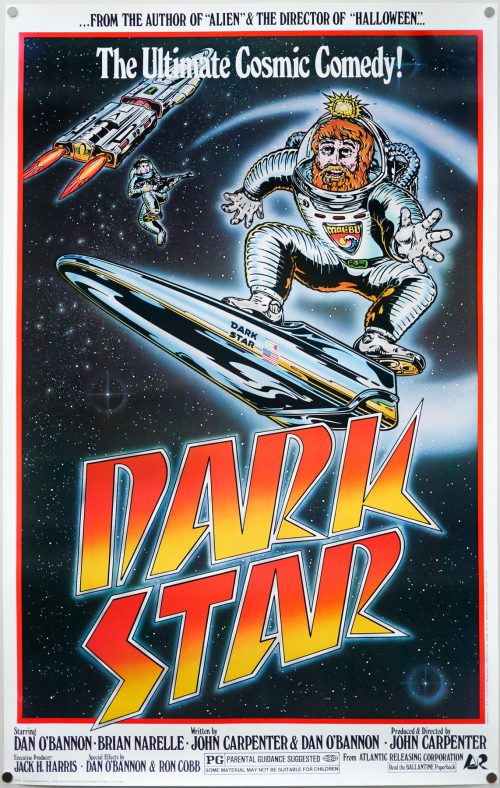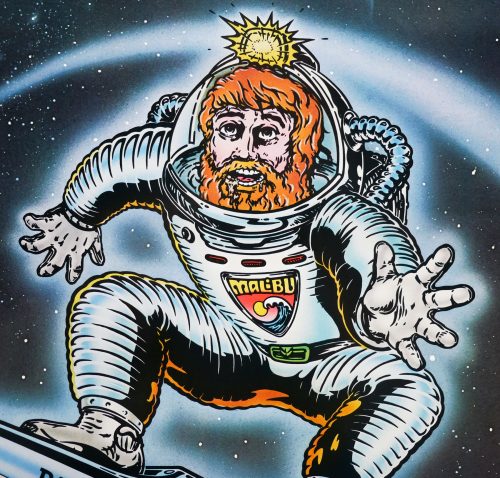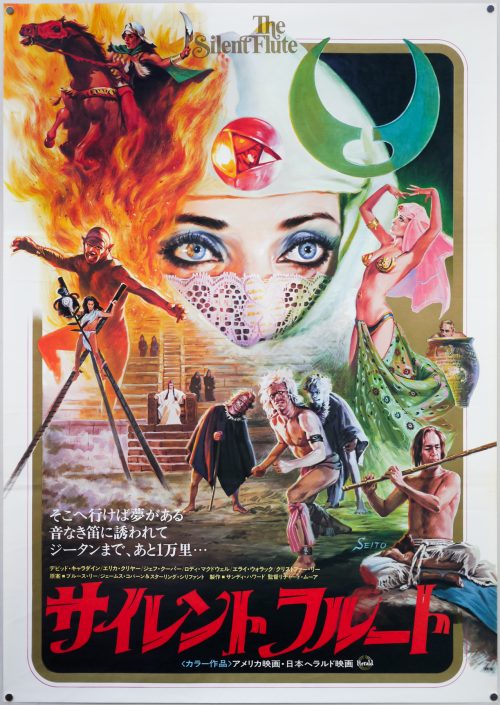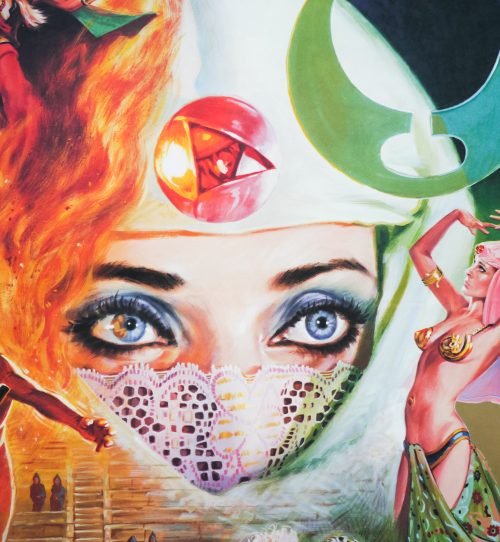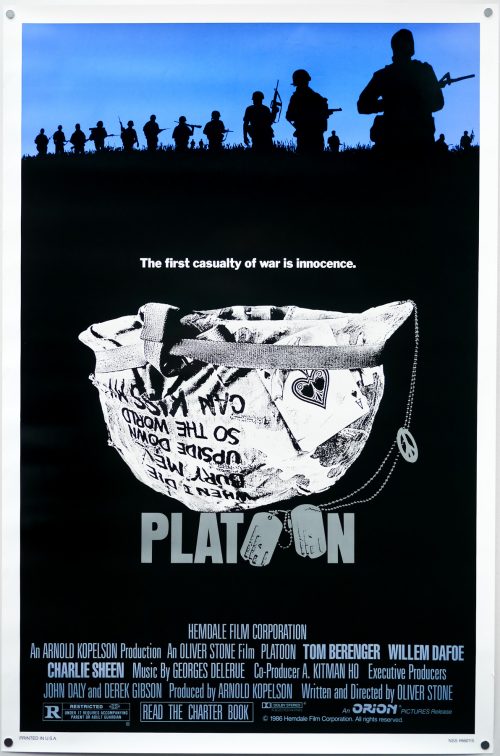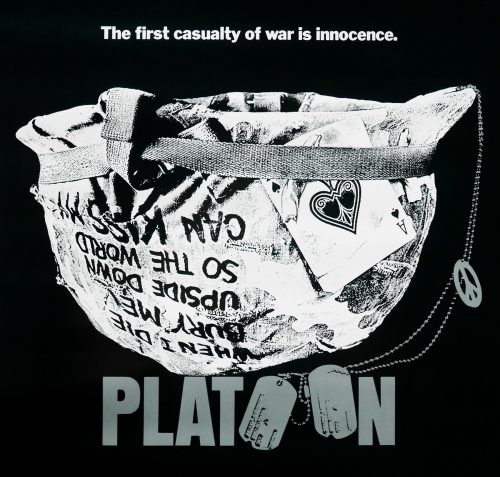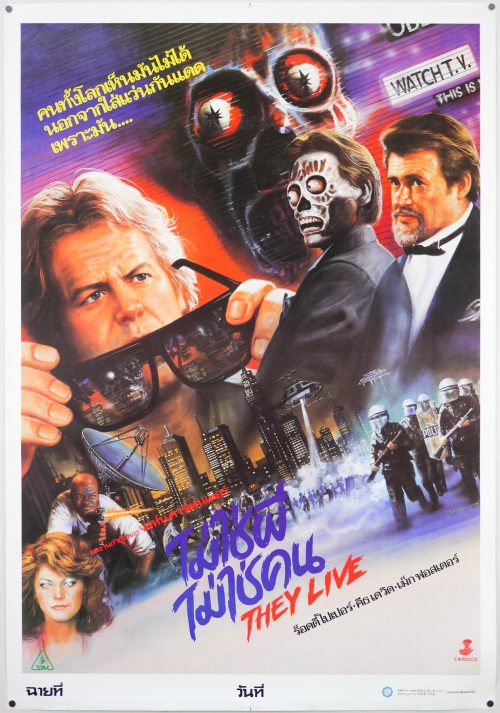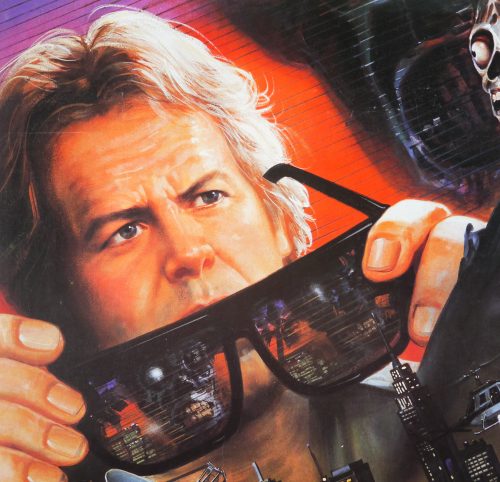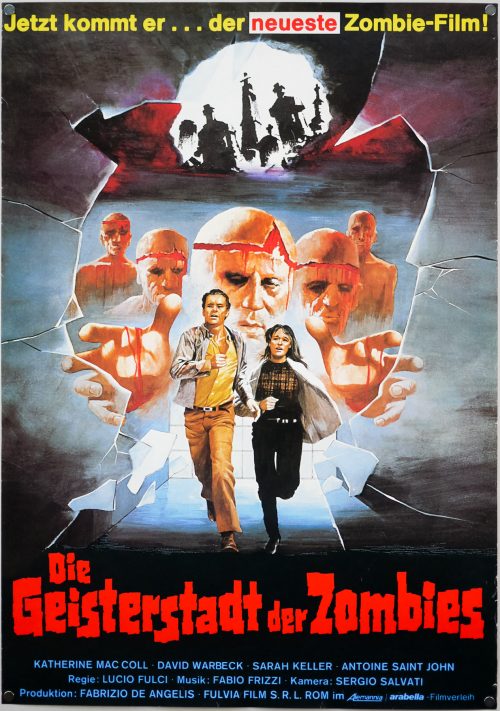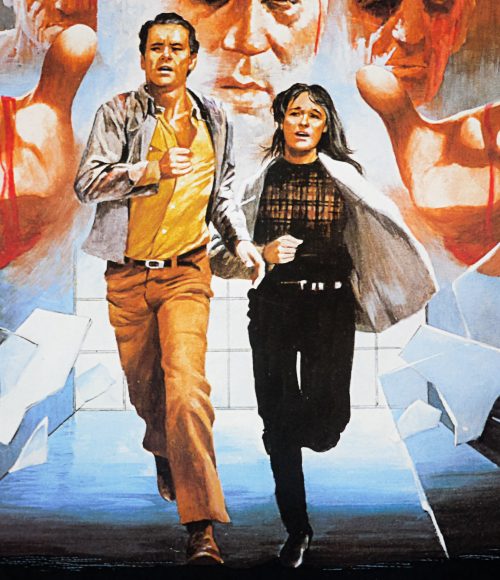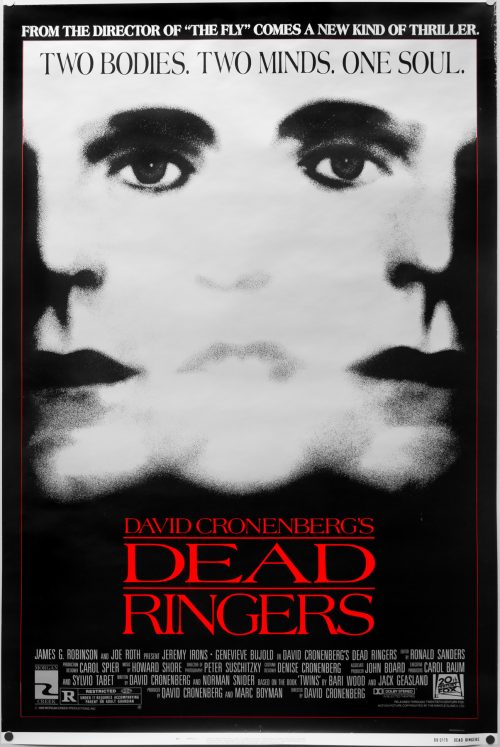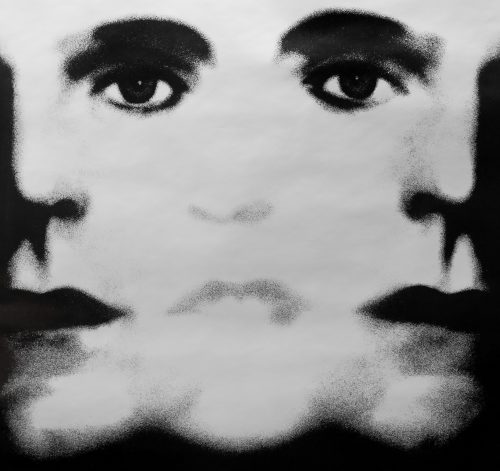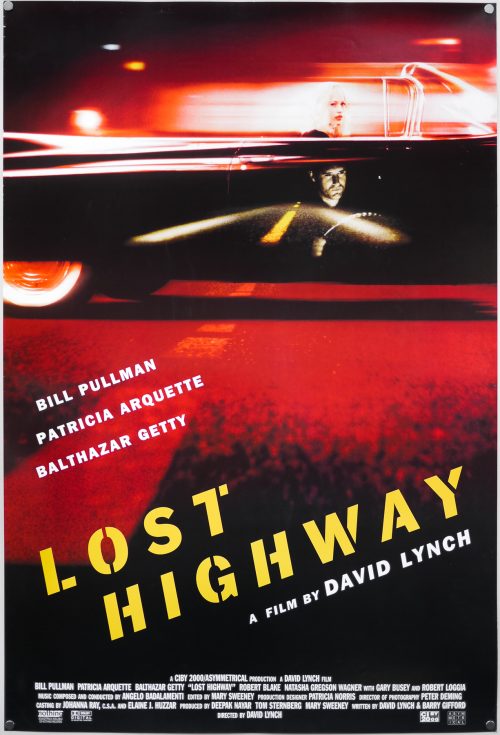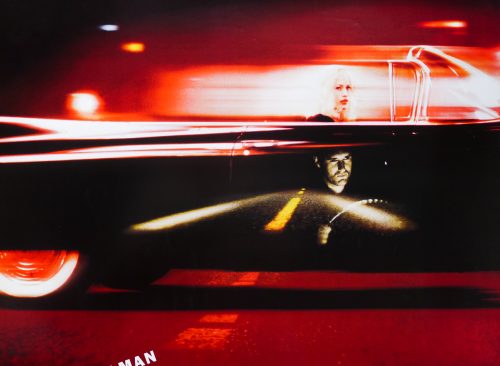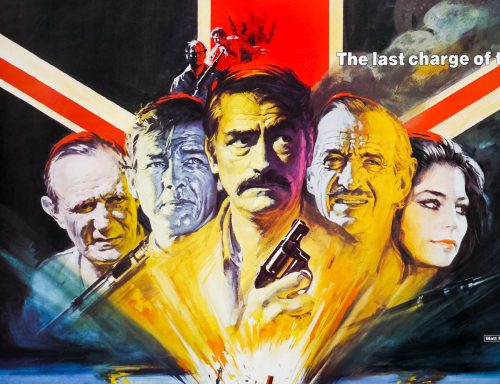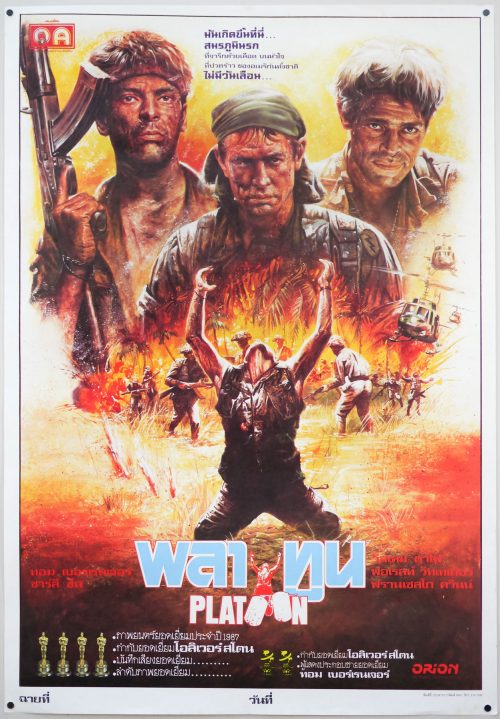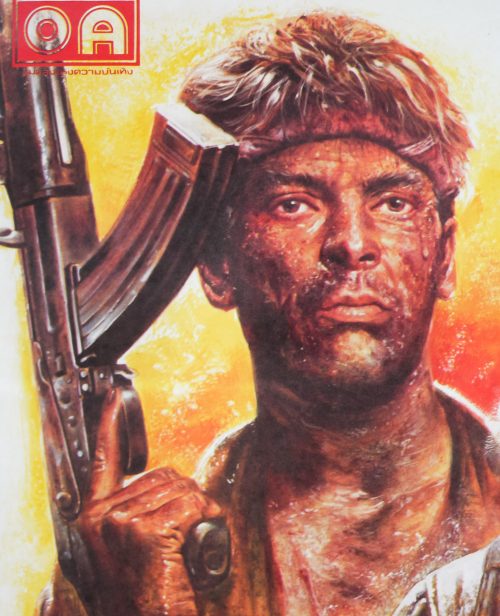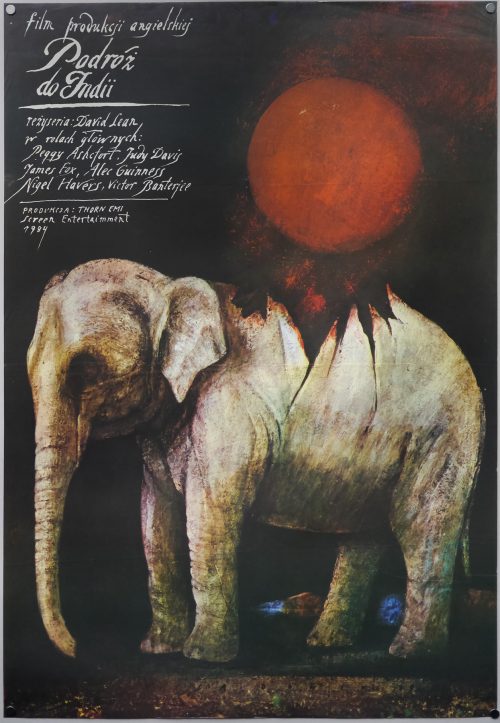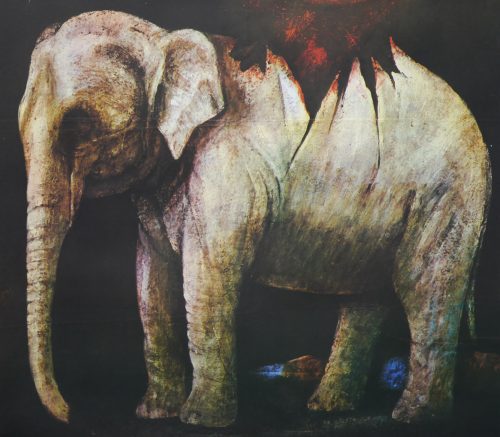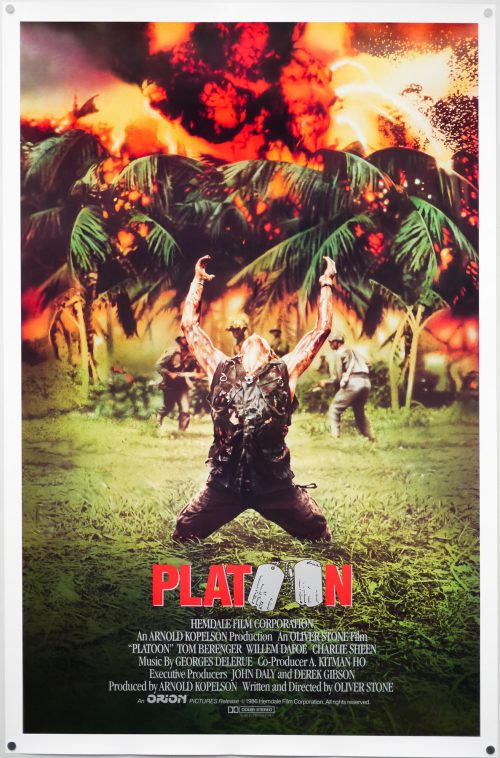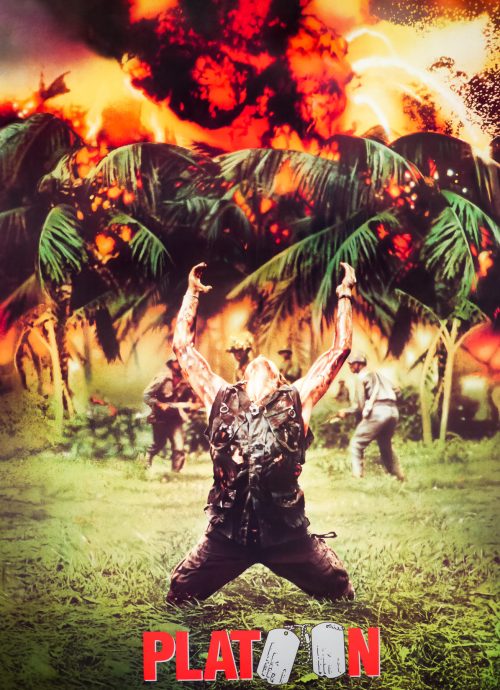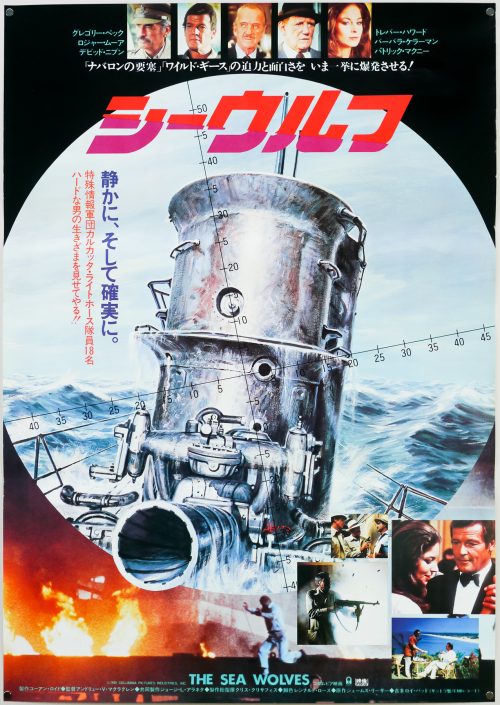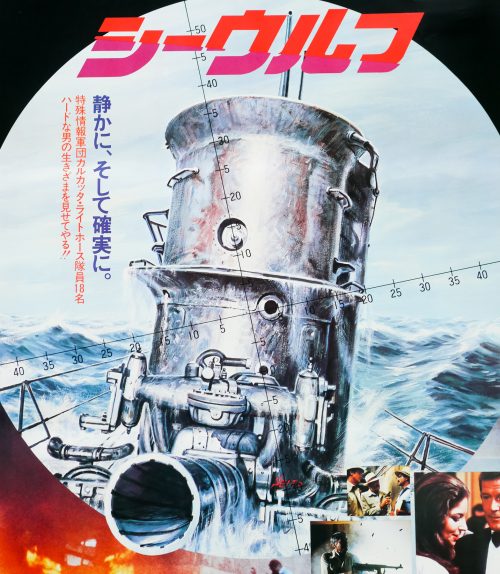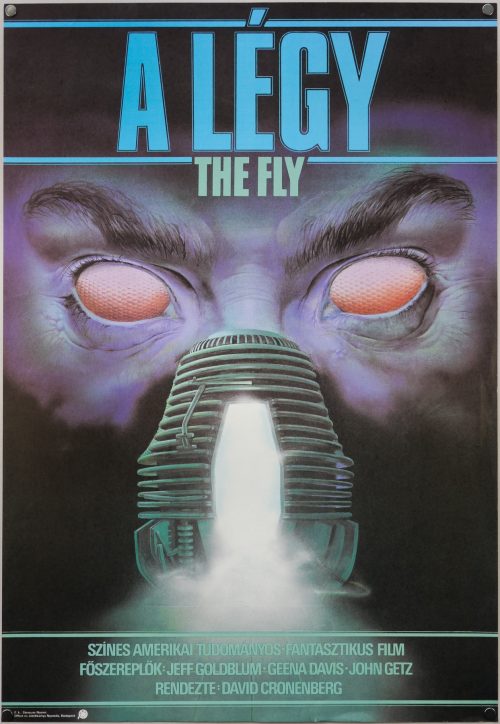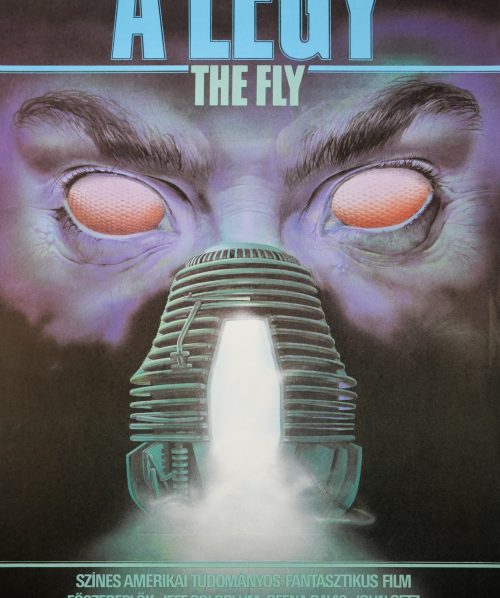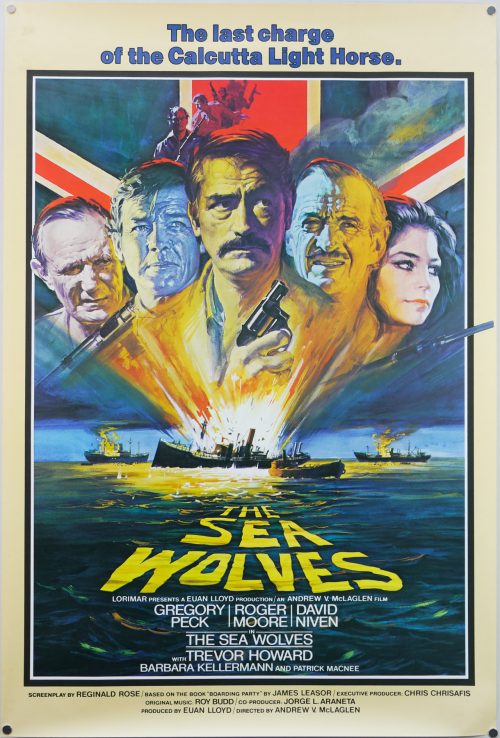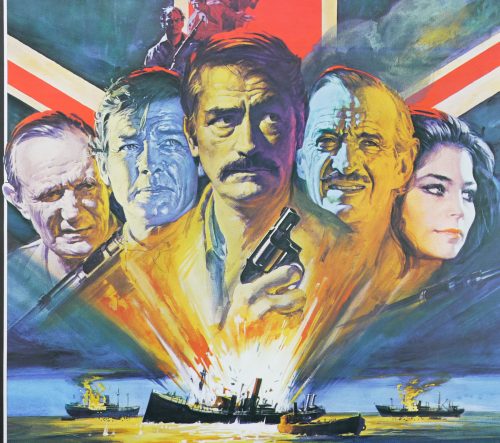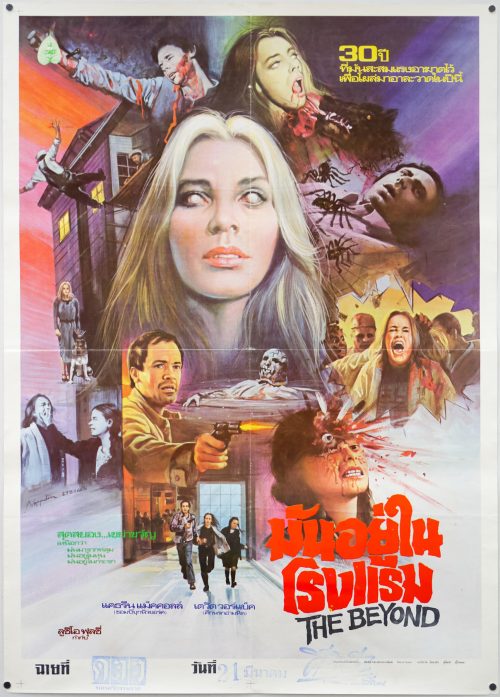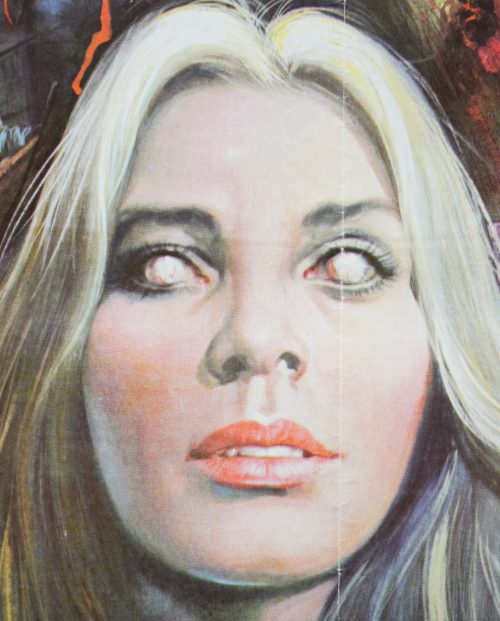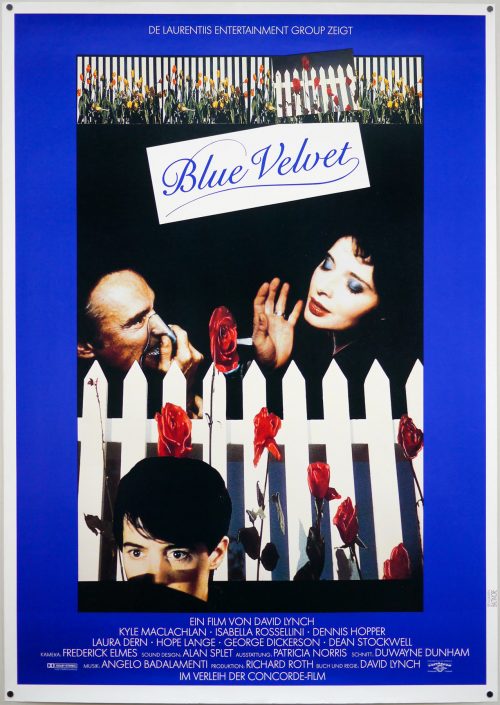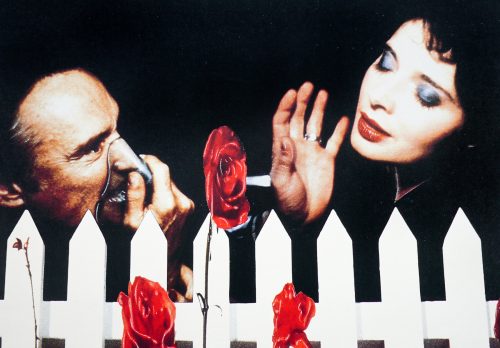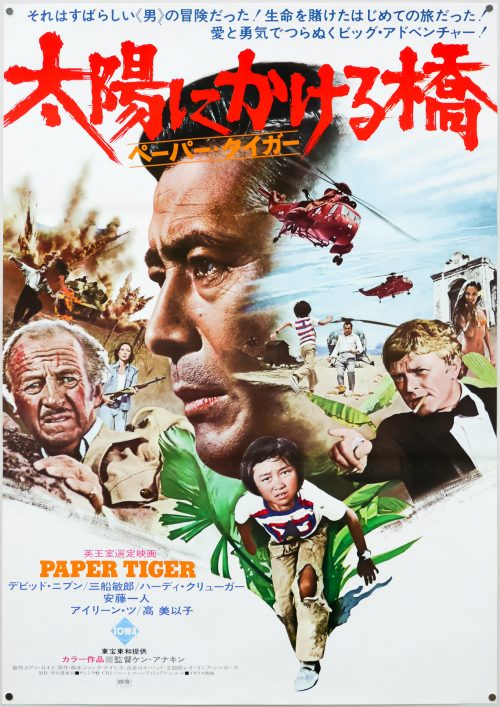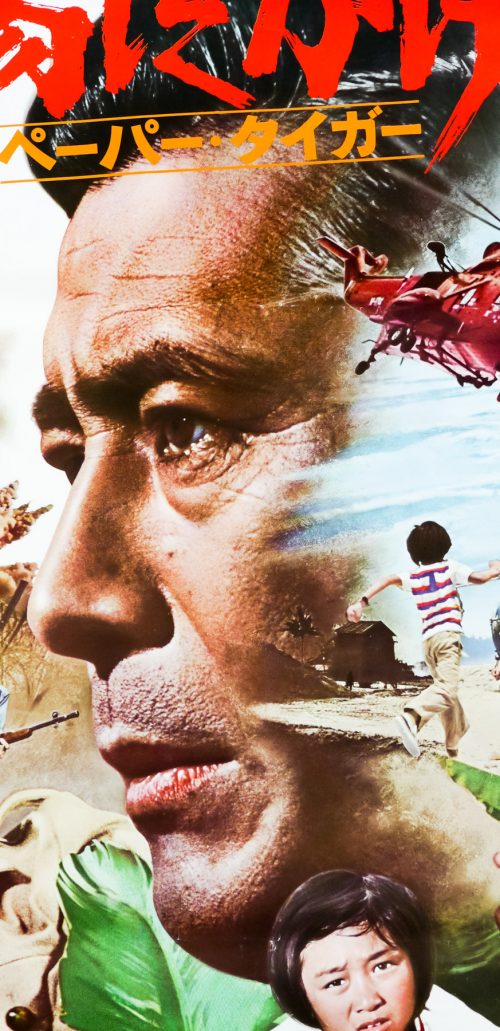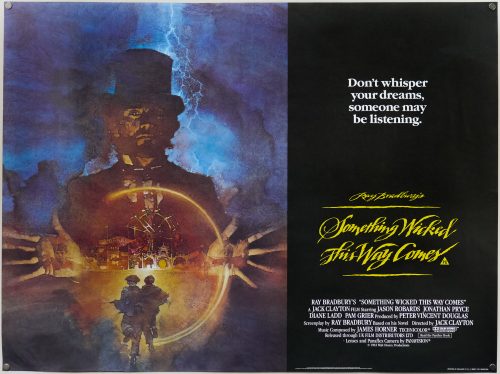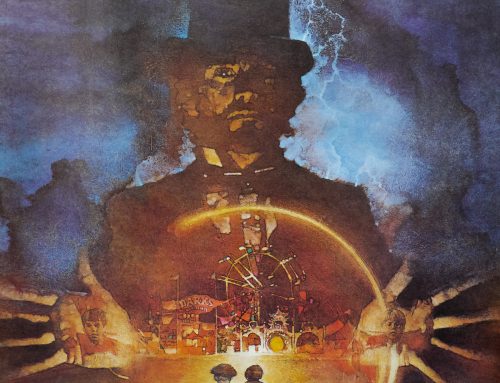- Title
- Videodrome
- AKA
- --
- Year of Film
- 1982
- Director
- David Cronenberg
- Origin of Film
- Canada
- Genre(s) of Film
- James Woods, Deborah Harry, Sonja Smits, Peter Dvorsky, Leslie Carlson, Jack Creley,
- Type of Poster
- B2
- Style of Poster
- --
- Origin of Poster
- Japan
- Year of Poster
- 1985
- Designer
- Unknown
- Artist
- Unknown
- Size (inches)
- 20 6/16" x 28 13/16"
- SS or DS
- SS
- Tagline
- --
Cult Canadian director David Cronenberg’s Videodrome was released with this unique poster design when it hit Japanese cinemas in 1985. Like much of the director’s output, Videodrome is definitely not for the faint of heart and contains some utterly unforgettable moments of Cronenberg’s patented body-horror mutations. James Woods stars as Max Renn the sleazy CEO of a minor cable TV station who is constantly on the lookout for cheap exploitation fare to broadcast. Renn is told about Videodrome, a new and mysterious signal apparently being broadcast out of Malaysia which purports to depict real ‘snuff’ movies of victims being tortured and killed.
Renn decides to start pirating the show and broadcasting it to his audience. This soon attracts widespread attention that puts him into contact with sadomasochistic psychiatrist Nicki Brand (Debby Harry) and Professor Brian O’Blivion (Jack Creley). When he discovers that the signal is actually being broadcast out of Pittsburgh, Renn decides to investigate further and he plunges into a nightmarish conspiracy that goes deeper than he ever imagined. As the American tagline says ‘First it controls your mind. Then it destroys your body’. Fans of Cronenberg’s proclivity for unnatural cavities and the melding of flesh with inorganic substances are not left disappointed, and the gun on this poster hints towards the finale.
In addition to this Japanese poster I also have the American one sheet and the British quad.

